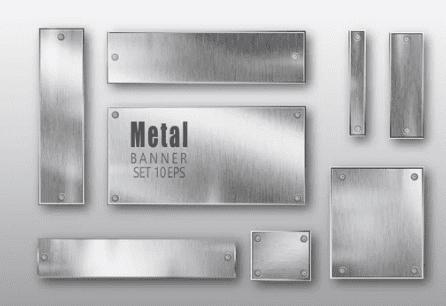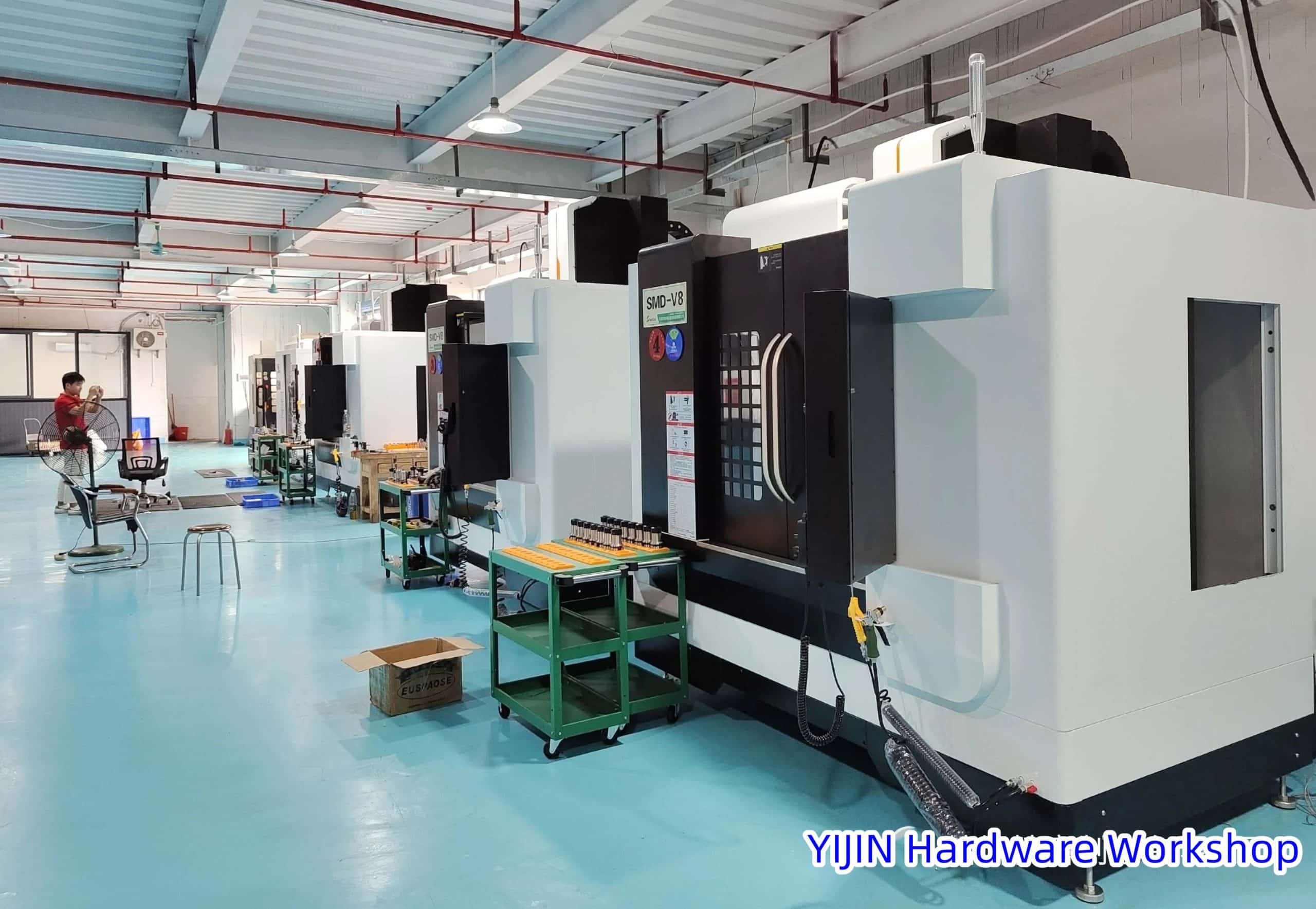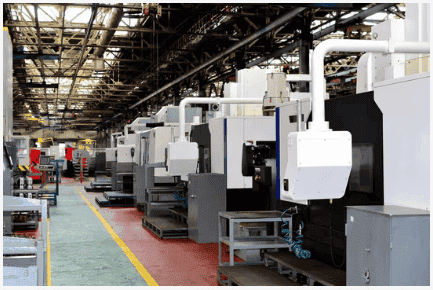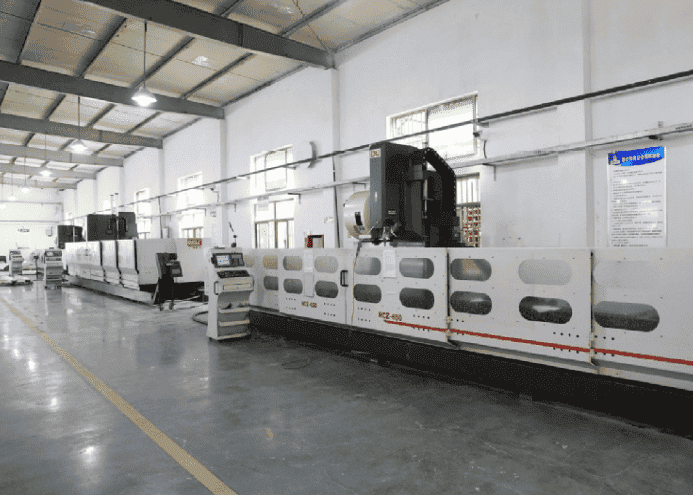Plating acts as a protective layer for the metal components enhances the wear resistance of surfaces for the metal parts that are used in manufacturing, automotive, and aerospace, improves the appearance of consumer goods, jewelry, or automotive parts, and improves the adhesion properties of surfaces, facilitating better bonding with adhesives or coatings.
What Is Hard Chrome Plating?
Hard chrome plating, also known as industrial chrome, is a metal finishing process that involves electroplating a layer of chromium onto a metal substrate.
The resulting coating, known as hard chrome, is characterized by its hardness, wear resistance, and corrosion resistance.
What Is Electroless Nickel Plating?
Electroless nickel plating is a chemical deposition process that involves the autocatalytic reduction of nickel ions in a solution onto a substrate without the use of an external electrical current.
Unlike electroplating methods, electroless nickel plating relies on chemical reactions to deposit a uniform layer of nickel onto the surface of the substrate.
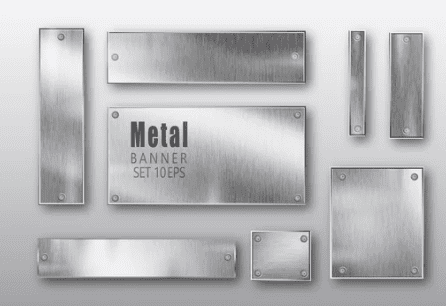
What are the Key Differences Between Hard Chrome Plating And Nickel Plating?
Surface Preparation:
- Hard Chrome Plating: The process begins with thorough cleaning and preparation of the metal substrate to remove impurities, grease, and any existing coatings.
- Electroless Nickel Plating: Similar to hard chrome plating, the process starts with thorough cleaning and preparation of the metal substrate to remove contaminants.
Control of Plating Parameters:
- Hard Chrome Plating: Parameters such as current density, bath temperature, and plating time are carefully controlled to achieve the desired thickness and properties of the hard chrome layer.
- Electroless Nickel Plating: Parameters such as bath temperature, pH levels, and concentrations of chemicals are carefully controlled to achieve the desired thickness and properties of the electroless nickel layer.
Post-Plating Processes:
- Hard Chrome Plating: The plated component may undergo additional processes such as polishing, grinding, or honing to achieve specific surface finishes and dimensional accuracy.
- Electroless Nickel Plating: The plated component may undergo post-plating processes like heat treatment or additional coatings to improve the hardness, adhesion, or other specific properties of the electroless nickel layer.

Final Inspection:
- Hard Chrome Plating: The plated component undergoes a final inspection to ensure the hard chrome layer meets the required specifications in terms of thickness, hardness, and overall quality.
- Electroless Nickel Plating: The final plated component undergoes inspection to ensure the electroless nickel layer meets specifications in terms of thickness, hardness, and overall quality.
Deposition Mechanism:
- Hard chrome plating is electroplating, relying on an external electric current.
- Electroless nickel plating is an autocatalytic process without the need for an external current.
Composition:
- Hard chrome deposits a layer of chromium, while electroless nickel deposits a layer of nickel with varying phosphorus content.
Thickness Control:
- Electroless nickel plating allows more precise control over coating thickness compared to hard chrome plating.
Composition Differences Between Hard Chrome And Electroless Nickel Deposits:
Material Deposited:
- Hard Chrome Plating: Deposits a layer of chromium onto the substrate.
- Electroless Nickel Plating: Deposits a layer of nickel onto the substrate, with variations in phosphorus content.
Primary Components:
- Hard Chrome Plating: Consists predominantly of chromium metal.
- Electroless Nickel Plating: Comprises nickel as the primary component, with the phosphorus content varying based on the specific formulation.
Hardness:
- Hard Chrome Plating: Known for its exceptional hardness, typically in the range of 850-1000 Vickers Hardness (HV).
- Electroless Nickel Plating: The hardness can be adjusted based on the phosphorus content. Higher phosphorus content generally leads to increased hardness.
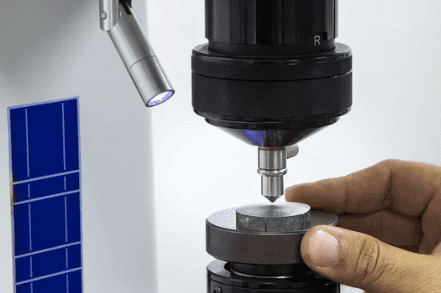
Corrosion Resistance:
- Hard Chrome Plating: Provides good corrosion resistance but may not be as corrosion-resistant as electroless nickel in certain environments.
- Electroless Nickel Plating: Offers high corrosion resistance, making it suitable for applications where protection against corrosive elements is critical.
Wear Resistance:
- Hard Chrome Plating: Renowned for its excellent wear resistance, making it suitable for applications subjected to friction and abrasion.
- Electroless Nickel Plating: Also provides good wear resistance, and the hardness can be tailored to meet specific wear resistance requirements.
Magnetic Properties:
- Hard Chrome Plating: Generally non-magnetic.
- Electroless Nickel Plating: Magnetic properties can be controlled based on the phosphorus content. Low-phosphorus electroless nickel is typically non-magnetic.
Solderability:
- Hard Chrome Plating: Generally exhibits poor solderability.
- Electroless Nickel Plating: Typically shows good solderability, making it suitable for applications involving soldering processes.
Adhesion:
- Hard Chrome Plating: Forms a strong bond with the substrate.
- Electroless Nickel Plating: Also forms a strong bond, and the activation step in the process is crucial for ensuring proper adhesion.
Conductivity:
- Hard Chrome Plating: Generally provides good electrical conductivity.
- Electroless Nickel Plating: Maintains good electrical conductivity, making it suitable for certain electronic applications.
Appearance:
- Hard Chrome Plating: Typically has a bright, reflective appearance.
- Electroless Nickel Plating: Can vary in appearance based on phosphorus content, ranging from bright and reflective to semi-bright or matte.
Hardness Differences:
- Hard Chrome Plating: Known for its exceptional hardness, typically ranging between 850 and 1000 Vickers Hardness (HV). Provides a hard, durable surface, making it suitable for applications where high hardness is a primary requirement, such as in industrial machinery components and hydraulic rods.
- Electroless Nickel Plating: Hardness can be adjusted based on the phosphorus content in the deposit. Generally not as hard as hard chrome, but still offers good hardness, especially in high-phosphorus deposits.
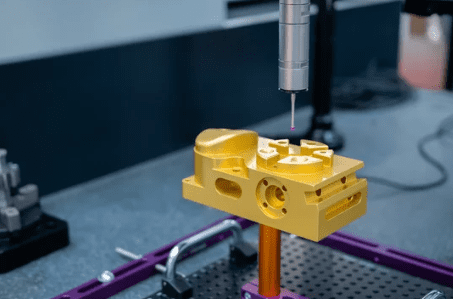
Hard Chrome Plating Applications
Industrial Machinery:
- Components in industrial machinery, such as hydraulic rods, pistons, and cylinders, commonly undergo hard chrome plating. The high hardness and wear resistance of hard chrome make it ideal for applications where durability and resistance to abrasion are critical.
Aerospace Industry:
- Hard chrome plating is widely used in the aerospace sector for components like landing gear, aircraft engine parts, and hydraulic systems. The hardness and corrosion resistance of hard chrome contributes to the longevity and reliability of these components.
Automotive Sector:
- Automotive applications, including piston rings, crankshafts, and various engine components, often utilize hard chrome plating. The wear resistance and hardness of hard chrome enhance the performance and durability of these parts.
Hydraulic and Pneumatic Systems:
- Hard chrome plating is extensively employed in hydraulic and pneumatic systems for components like rods, cylinders, and pistons. The hardness and low coefficient of friction contribute to smooth operation and extended service life.
Oil and Gas Equipment:
- Valves, pump components, and drilling equipment in the oil and gas industry frequently undergo hard chrome plating to withstand harsh operating conditions, resist wear, and enhance corrosion resistance.
Plastic Molding and Extrusion:
- Injection molds used in plastic molding benefit from hard chrome plating. The hardness and wear resistance of hard chrome contribute to the mold’s ability to withstand the abrasive and high-friction conditions during the molding process.
Printing Industry:
- Printing rollers and cylinders are often hard chrome plated to ensure wear resistance, corrosion protection, and a smooth surface, contributing to consistent print quality and durability.
Electroless Nickel Plating Applications
Electronics and Telecommunications:
- Printed circuit boards (PCBs), connectors, and electronic components often undergo electroless nickel plating. The corrosion resistance, uniform thickness, and solderability make it suitable for applications in electronics and telecommunications.
Automotive Industry:
- Electroless nickel plating is used in the automotive sector for various applications, including fuel injectors, connectors, and other electronic components. The corrosion resistance and uniform coating thickness are advantageous in these applications.
Medical Devices:
- Surgical instruments, medical implants, and diagnostic equipment benefit from electroless nickel plating. The biocompatibility, corrosion resistance, and ability to provide a smooth, uniform coating make it suitable for medical applications.
Textile Machinery:
- Components in textile machinery, such as spinnerets and guides, often undergo electroless nickel plating to improve wear resistance, reduce friction, and extend the life of the equipment.
Chemical Processing Equipment: - Tanks, pipes, and valves used in chemical processing plants are commonly electroless nickel-plated to resist corrosion from exposure to chemicals and maintain structural integrity.
Food and Beverage Industry:
- Equipment in the food and beverage industry, such as pumps, valves, and conveyor systems, can be electroless nickel-plated to provide corrosion resistance and meet hygiene standards.
Conclusion
In the ever-evolving landscape of surface finishing, understanding the key differences between hard chrome plating and electroless nickel plating allows industries to make informed decisions, ensuring that the chosen plating method aligns with the unique needs of their applications.
As technology advances, the industry continues to explore alternatives and refine existing processes to address environmental concerns while meeting the stringent requirements of diverse applications.
 Call Us Today! (+86) 188-2253-7569
Call Us Today! (+86) 188-2253-7569